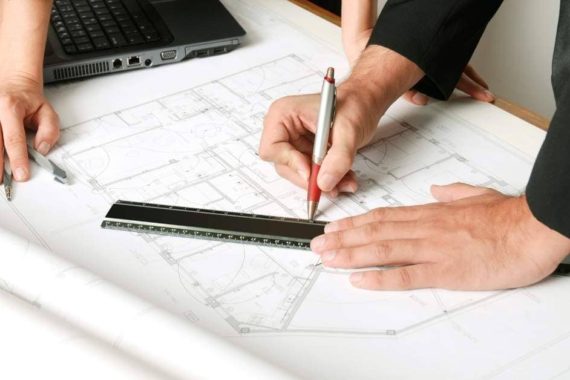
Introduction
Military leaders across every branch know that shutting down a base or facility is never as simple as turning off the lights and locking the door. There are many moving parts involved in demobilization, and without proper planning, it can be extremely costly and time-consuming. If you need to understand the process of demobilizing troops, including the military’s, demob plan process, call upon experienced partners to help with effective planning and implementation. A simplified approach to this complex process will make demobilization easier for everyone involved. To accomplish this goal, we’ll look at each part of the demobilization process and discuss key considerations when considering how best to handle any upcoming military relocation project.
Process of Demobilization
Demobilization is the process of bringing troops home from military service. It’s a very important process, and it can’t be handled haphazardly. The process of demobilization involves bringing troops home from military service in several steps:
- First, you need to identify which troops are going to be demobilized (i.e., removed from duty).
- Next, you must determine what resources will be needed to accomplish this goal and make sure those resources are available when they’re needed most—this is where your planning comes into play!
- Then it’s time to start moving toward completion by taking action on all fronts: personnel management; physical disassembly; logistical support; transportation management; financial compliance with applicable laws like Federal Acquisition Regulations (FAR), Defense Federal Acquisition Regulation Supplement/DFARS, Federal Management Regulation 51002-1 et seq.; biomedical waste disposal requirements as defined under 40 CFR 251-264 (c)(14); etcetera…
How Does Demobilization Work?
Demobilization is the process of bringing troops home from military service. During demobilization, you must plan for each individual’s return to civilian life. Demob construction is an important part of this process because it helps ensure that your military base will be returned to its original condition or better when you are finished with it.
The most important thing to remember about demobilization is that it does not happen overnight; it can take several months for all of your troops and equipment to be removed from a facility. This requires careful planning and extensive communication with those who will be charged with dismantling old facilities and building new ones in their place.
Key Considerations when Demilitarizing a Facility
Demobilization is the process of bringing a military force down to its peacetime level.
There are two types of demob construction: temporary and permanent. Temporary demob construction is usually used when there is not enough time or money to build permanent structures at a given location. However, temporary structures can be very costly in terms of both materials and manpower hours needed for their construction and maintenance over time. Permanent structures are designed with durability and longevity in mind, which means they will require less maintenance over time. The US Army Demob Plan recommends that you use these criteria when deciding whether your organization should invest more heavily in temporary or permanent demob construction:
- What kind of facilities do you have? If your organization has existing buildings or bases with adequate space but lacks the resources required for temporary demob construction (such as labor), then it may make sense for them not only from both cost savings reasons but also from other logistical considerations such as being able to reuse existing utilities like electricity rather than having everything rebuilt from scratch each time there’s an influx/outflux of personnel at any given location within their jurisdiction; however if none exist already then starting fresh could save money by reducing costs associated with moving equipment around multiple times per year depending on how often people come back home after deployment missions end without having anything left behind since nothing ever gets sold off due just because it was purchased once before using taxpayer dollars instead now paying twice over again while waiting four months apiece just because someone forgot their wallet when leaving base one day turns out wasn’t actually theirs but belonged someone else who thought maybe someday soon maybe next week maybe next month sometime down near sunset perhaps some day near dusk this Monday night Tuesday morning Wednesday afternoon Thursday evening Friday morning Saturday afternoon Sunday night
The conclusion is your chance to restate the main points of your article. In a short, clever way, it should surprise readers with something new or unexpected but also remind them of what has been said in the article. The conclusion can be formal or informal depending on how you choose to write it and what tone you want to use.
The best conclusions are short and to the point. If possible, try ending on an interesting note that makes people want more information on this topic (call-to-action).
Demobilization is an important part of bringing troops home from military service.
Demobilization is an important part of bringing troops home from military service. If you have any questions about the demobilization process, the US Army demob plan, or what to consider when demilitarizing a facility, contact the experts at Liquidity Services today!
Liquidity Services has over 25 years of experience in the military demobilization process and can help ensure your facility is safe for civilians, employees, and anyone else who may be involved in the demobilization process. We understand what it takes to get the job done right.
Conclusion
We hope that this article has helped you understand more about demobilization and what is involved in the process. If you have additional questions or would like to learn more about how Liquidity Services can help with your next military surplus project, please contact us today to speak with a representative.










